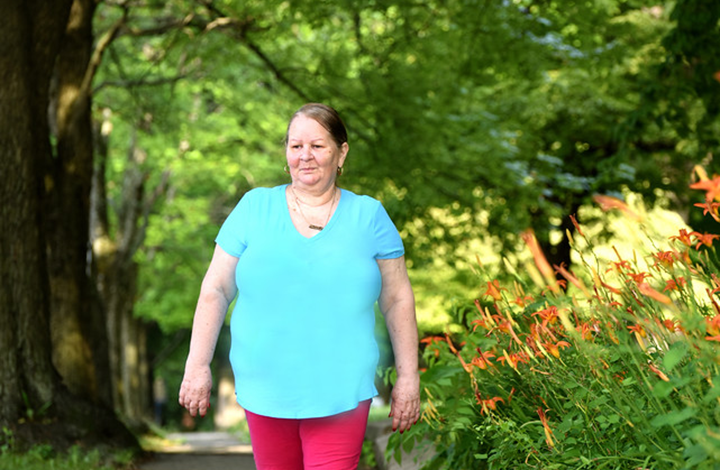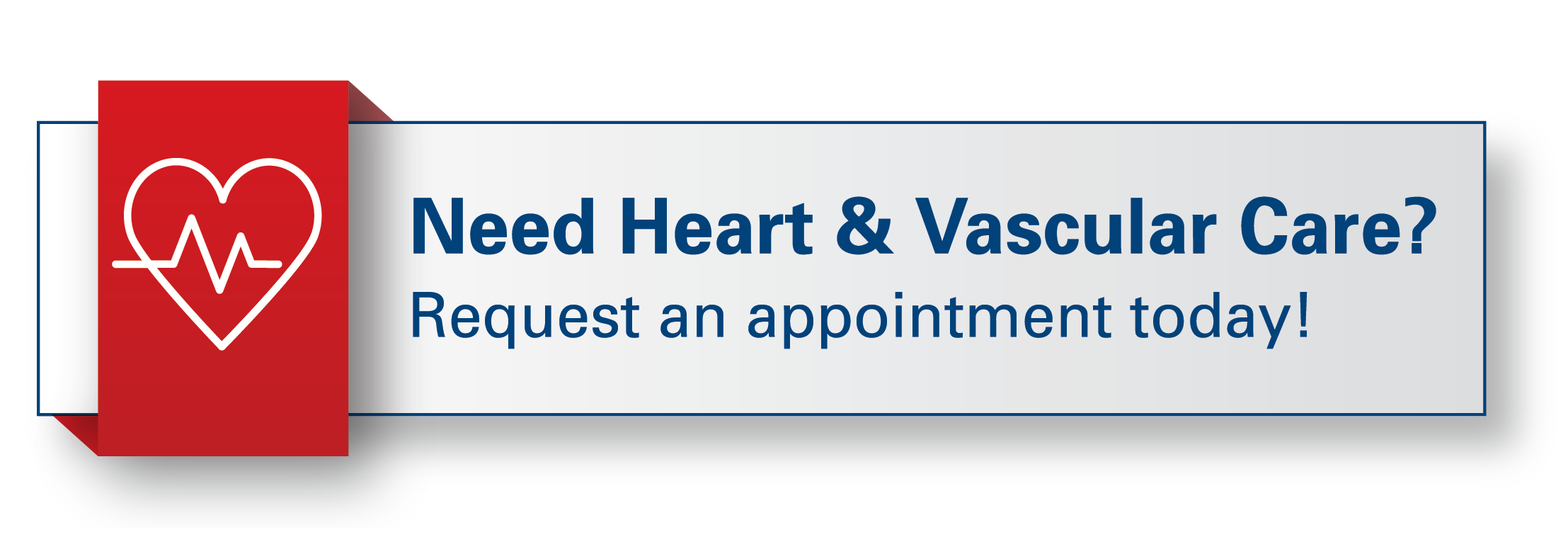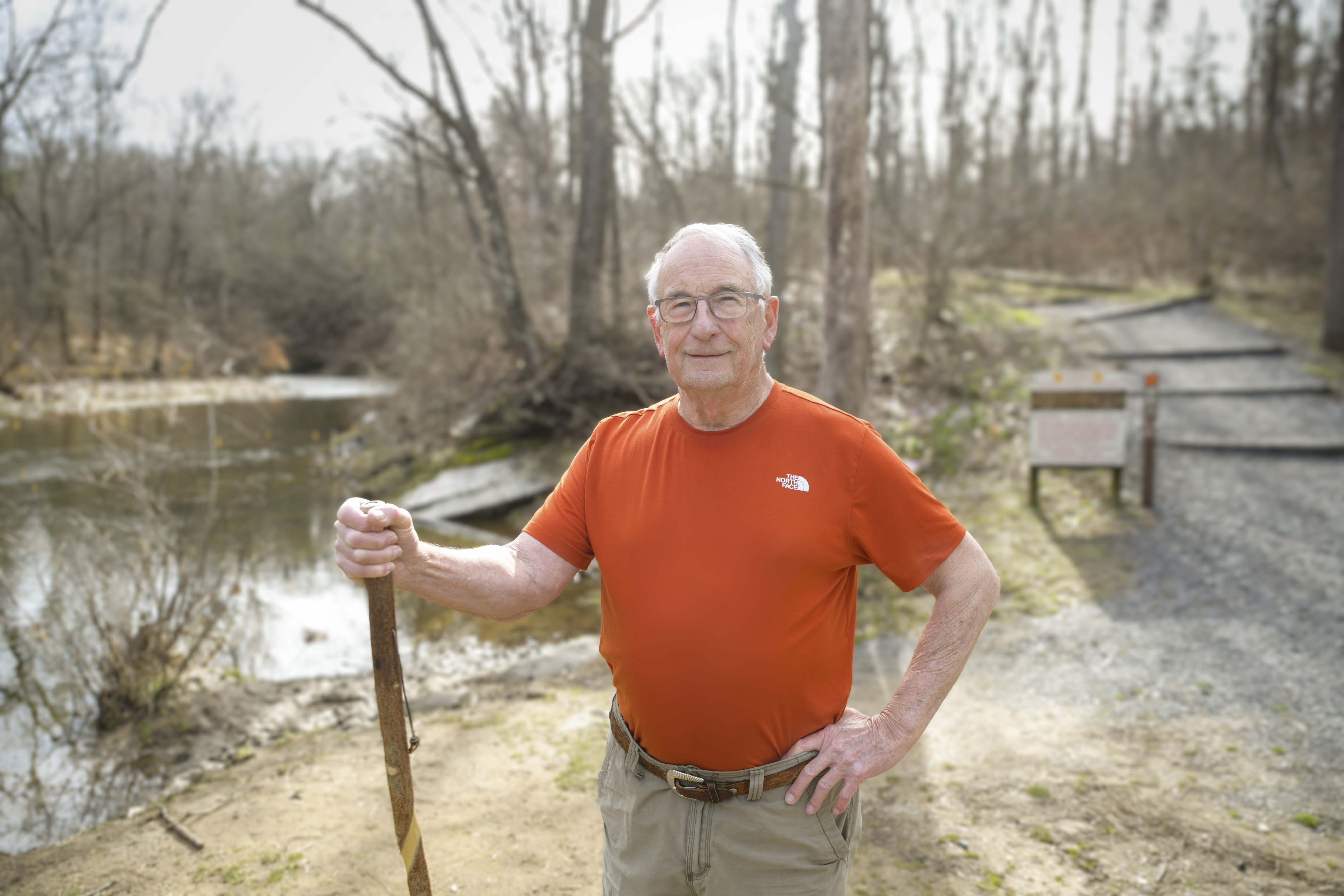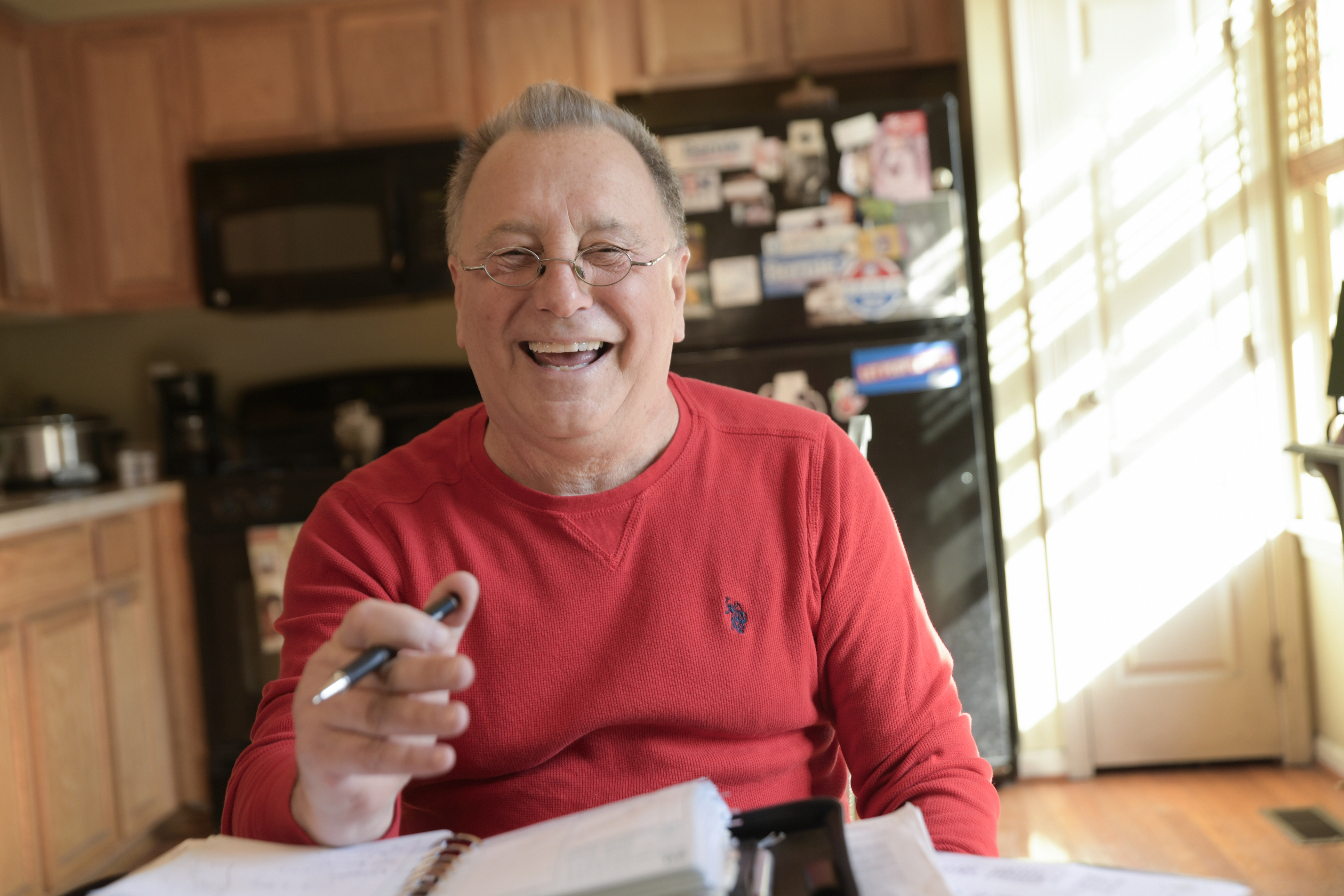Blog

St. Luke’s is the first hospital in Northeastern Pennsylvania—and one of the first in the country—to implant a new pacemaker-like device, the Optimizer, that prompts a heart muscle weakened by heart failure to squeeze more strongly with each beat.
The Optimizer consists of a small electrical generator, surgically implanted under the skin of the upper chest, and two metal wires, or leads, that are inserted into the lower heart chamber, called the ventricle. Generator pulses timed precisely to heartbeats provide “cardiac contractility modulation,” (CCM™) a proprietary clinically proven, new, FDA-approved heart failure therapy that helps the heart squeeze oxygen-rich blood out of the heart to the rest of the body.
Armenia Arroyo, of Bethlehem, says she is feeling “much better” since St. Luke’s cardiologist Steve Stevens, MD, inserted the Optimizer under the skin of her chest and connected its leads to her heart on May 21.
“I walked 3,800 steps, (nearly two miles)” says the 63-year-old woman. Before having the device implanted, she was able to walk only a block before becoming tired. She says heart failure is a family condition she inherited from her father; she has had it since age 40.
“This treatment is a game-changer for heart failure patients who have advanced symptoms and a very poor prognosis,” says Dr. Stevens. His colleagues at St. Luke’s Heart & Vascular Center, Darren Traub, DO, Sudip Nanda, MD, and Hardik Mangrolia, MD, will also perform this life-changing procedure.
“According to extensive research, the Optimizer improves quality of life, changes one’s outlook and has the potential to significantly reduce deaths from Class III heart failure,” adds Dr. Stevens.
Heart failure is a vexing, debilitating and often fatal condition in which the heart muscle, weakened following a heart attack or years of high blood pressure, worsens and is unable to adequately supply oxygen-rich blood to the body. It affects an estimated 6.5 million Americans and nearly 26 million people worldwide. About 700,000 U.S. patients with Class III heart failure, whose medicines fail to relieve their life-limiting symptoms, could benefit from the Optimizer system.
Persons suffering with advanced heart failure often struggle with progressively worsening symptoms that include reduced energy, shortness of breath and frequent hospitalizations as their heart pumping function or “ejection fraction” declines. A normal ejection fraction is 60 percent.
According to Dr. Stevens, patients with an ejection fraction of 25-45 percent, who don’t get sufficient relief from their medicines, would likely be candidates for the Optimizer device.
This breakthrough heart-improvement technology, FDA approved in 2019, has been clinically shown not only to relieve symptoms but also to help the heart muscle strengthen over time, much in the way a person’s physical exercise enhances their muscle tone and work capacity.
Dr. Stevens and his fellow cardiologist/electrophysiologists will implant the battery-powered device in a sterile, operating room-like environment. Following an overnight stay at St. Luke’s Bethlehem hospital, Arroyo went home and soon begin to experience better heart health, including more energy. She recharges the generator weekly at home, which takes an hour.






